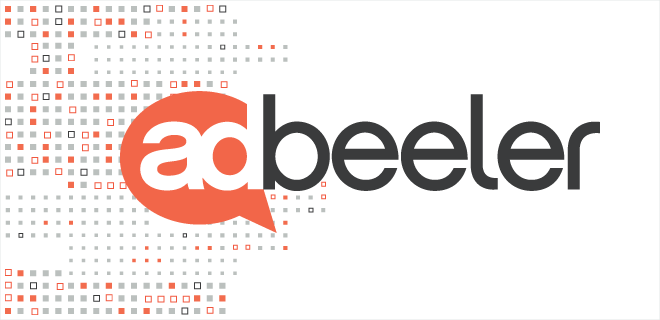
Conversations about the impact of heavy ads on load times and the end-user experience are nothing new to the digital publishing industry.
Still, many in the business were caught off guard in Fall 2020 when Google Chrome launched Heavy Ad Intervention (HAI) to identify and block ads from the Chrome (versions 85+) browsers that they deemed “heavy.”
Which Ads Tip the Scales?
The catch is that heavy is not defined by the file size of the ad. Instead, Chrome defines heavy with one of the following thresholds:
- 15 seconds of CPU usage in any 30-second period or 60 seconds of total CPU usage.
- 4 megabytes of network data.
While Chrome’s decision to block potentially resource-hogging ads may be well-intended, its efforts to lighten the load have caused some unexpected downstream impacts for those in the ad business. Per Google, only 0.3% of ads exceeded the threshold at launch, but those ads accounted for 27% of network data used by the ads and 28% of ad CPU usage. The publishers we heard from saw an overall impact of <1%, but some campaigns saw impacts into the double-digits.
For any ad that is using too much processing power, Chrome will replace it with a message that alerts the user to an issue with the ad.
Publishers Attempt to Slim Down the Issue
Understandably, publishers are concerned with this change – not because they don’t want to protect their own site visitors, but because this broken ad messaging conveys a negative image of the website itself and the types of ads that they are trying to serve.
Advertisers won’t be happy either. If the impression is served and then blocked, it will still report as a served ad in terms of campaign completion. Despite Chrome’s November rollout of HAI, reporting tools within Google Ad Manager (GAM) are not yet available. We haven’t heard of any ad server being able to report on HAI so far. The Google Ads team is working on a reporting tool, but there is no timeline yet.
In the meantime, publishers trying to get ahead of the issue have been frustrated by their inability to effectively listen to and detect events as they happen, which inhibits their ability to create proactive solutions. Even using Chrome’s own HAI Demo to run tests, results have been inconsistent both within a single publisher site and across different publishers.
An ad verification solutions company found that 70% of blocked ads were created by network connection issues and roughly 30% were created by CPU issues, yet a digital publisher found the opposite. In other tests, some publishers found that blocked ads came largely through programmatic pipes, but others saw them coming more from ads purchased through direct deals.
Part of the reason for this discrepancy and therefore the ability to proactively identify and resolve the issue comes from the formula itself. The heavy calculation relies on a user’s device performance and the advertiser’s ad, but for refreshed pages, it does not intervene with the same ad a second time.
What Can You Do as a Publisher Right Now
Just because GAM does not yet have the reporting tools in place for HAI doesn’t mean you can’t take proactive measures to set you and your advertisers up for success.
- Update Specs Docs. Update your specifications documents to include ad requirements that should pass HAI standards for Chrome and who is responsible for fixing them.
- Contact Your Ad Server. Whether you use GAM or another ad server, contact your account representative and voice support for HAI reporting as a new feature.
- Chrome HAI Demo Feedback. If you find inconsistent results when using the Chrome HAI Demo, report them to Chrome for review.
- Prepare Buyer Messaging. Most buyers are unaware of what HAI is, how it will impact their ads and who is responsible for correcting issues. By creating messaging that educates the buyer and sets the expectations before the campaign has launched, all parties can align on preventing issues before they happen and swiftly resolving them through an agreed-upon process. The Google Ads team has a one-sheeter that you can share with your buyers.
- HAI Monitoring Tool – GeoEdge has come up with a new tool to help you monitor HAI. It is currently in beta. You don’t have to be a GeoEdge client to try it out. Contact [email protected] for more details.